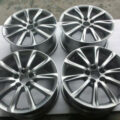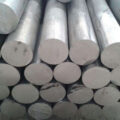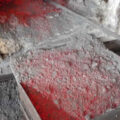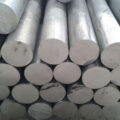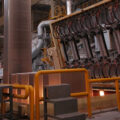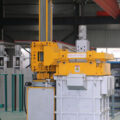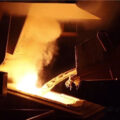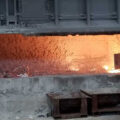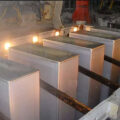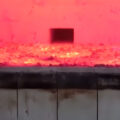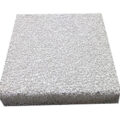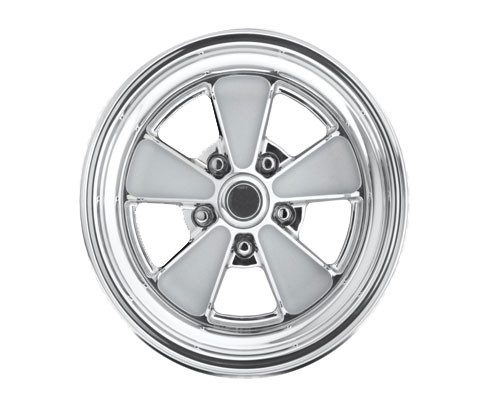
With the widespread use of aluminum alloy wheel hubs in vehicles, the quality of aluminum alloy wheels become more important for automobile factory. The occurrence of aluminum alloy wheel cracks is an important factor that affects the production cost and production efficiency of enterprises, and wheel hub cracks are a major hidden danger to automobile safety. Therefore, it is very important to discuss the cause of cracks in low-pressure cast aluminum alloy wheels. AdTech offers degassing units, filtering units, ceramic foam filters, hot top casting parts, flow control series for aluminum alloy casting. There are three main reasons for the cause of cracks.
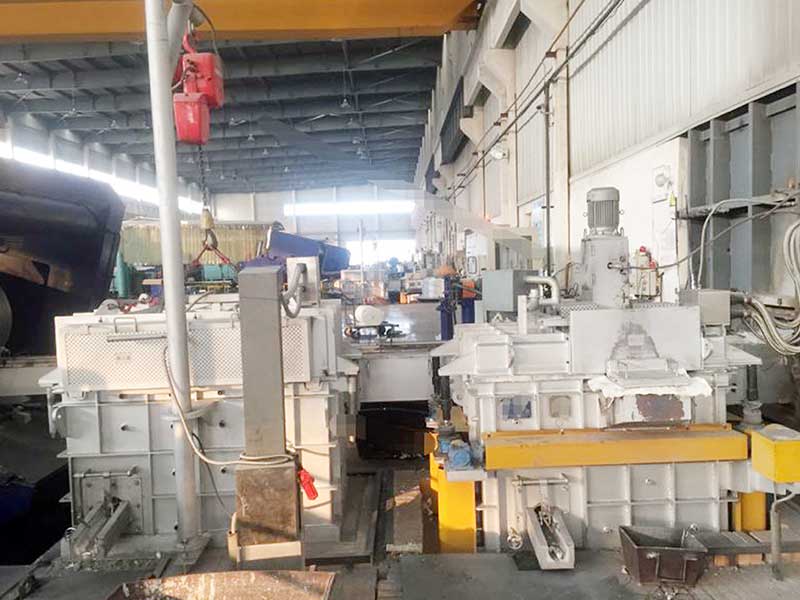
Reasons for Aluminum Alloy Wheel Hubs Cracks
Improper Design of Wheel Hub Structure
(1) Improper fillet size is the most common cause of thermal cracks in the hub. Because the hub will generate a lot of stress at the sharp corners when it cools. In the part with a small fillet, even if the packing is good, no shrinkage will occur, and hot cracking will also occur.
(2) Sudden changes in the cross-section of the hub will cause different cooling speeds. Even if the packing is good, it will produce large stresses, causing cracks or cracks after the hub is solidified.
Unreasonable Process Parameters
In low-pressure casting, the liquid in the riser tube solidifies due to the long pressure holding time or the riser tube is too long. Wheel hub bears a certain tensile force when the hub casting is ejected, resulting in cold cracking of the hub. Therefore, it is very important to design a reasonable pressure holding time and liquid lifting system, so as to reduce the cracks caused by the hub during ejection.
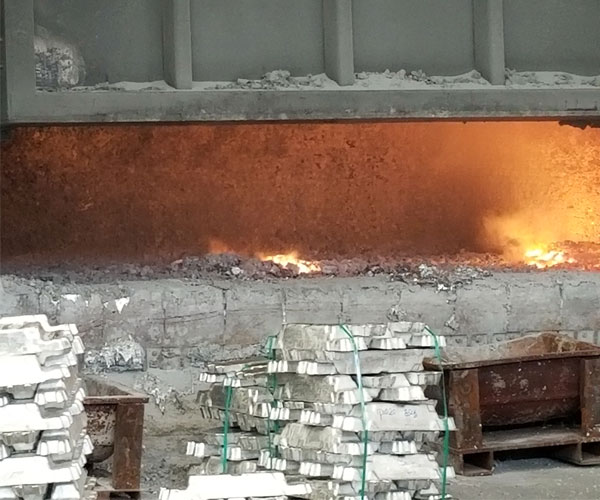
Mold Temperature
The mold temperature of low-pressure casting determines the method of solidification of the alloy liquid, and directly affects the internal and surface conditions of the casting. It is one of the main causes for dimensional deviation and deformation of the casting, and also has a great impact on productivity. The mold temperature changes with changes in the weight of the casting, the die casting cycle, the die casting temperature, and the mold cooling method.
From the perspective of heat transfer, increasing the temperature of the mold can reduce the heat transfer strength between the metal and the mold and prolong the flow time. Studies have also shown that increasing the mold temperature can also slightly reduce the interfacial tension between the molten metal and the mold. As the mold temperature increases, the filling time decreases slightly, that is, the filling capacity increases as the mold temperature increases.
Therefore, an appropriate increase in the mold temperature is conducive to the reduction of stress. If the mold temperature is too low, the casting cools too quickly in the metal mold, and the solidification speed of each part of the casting is different. Thermal stress and deformation result in hot cracking and large residual stress and residual deformation in the finished casting. The higher temperature of the tool is not conducive to obtaining a fine crystalline structure. The liquid metal is easy to absorb gas and shrink, resulting in castings defects. In order to solve this contradiction, the mold temperature can be appropriately increased.

